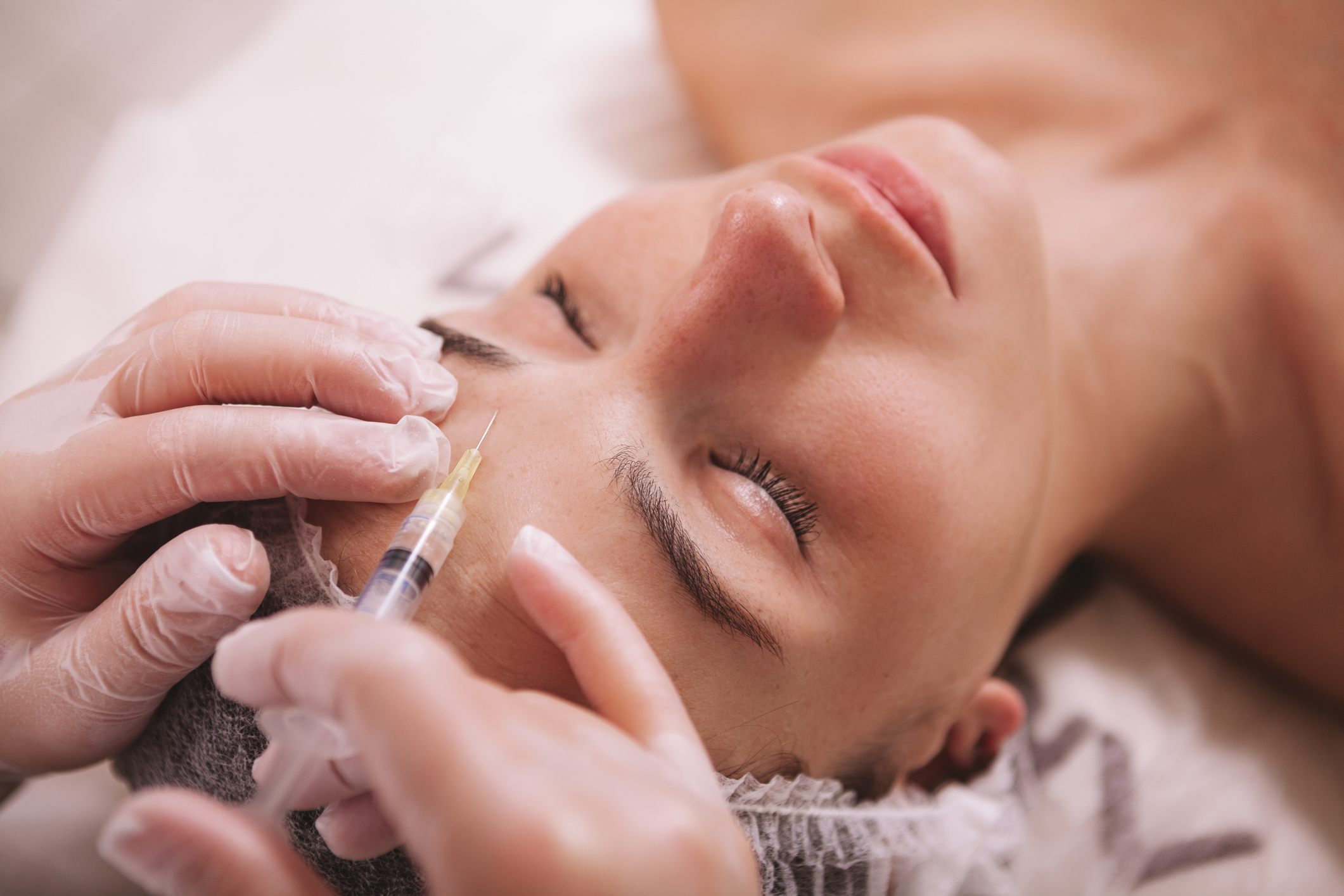Mechanism of Action
Botox works by inhibiting the release of acetylcholine at the neuromuscular junction, leading to temporary muscle paralysis. This mechanism, while primarily employed for cosmetic purposes, has profound implications for psychiatric conditions. The hypothesis underpinning the psychiatric use of Botox revolves around the facial feedback hypothesis, which suggests that facial expressions can influence emotional experiences. By modulating facial muscles involved in expressions of emotion, Botox may alter the feedback loop between facial expressions and emotional states, potentially alleviating symptoms of certain psychiatric disorders.
Depression
One of the most researched psychiatric applications of Botox is in the treatment of depression. Clinical studies have indicated that injecting Botox into the glabellar region (the area between the eyebrows) can significantly reduce symptoms of depression. The proposed mechanism involves the interruption of the facial feedback loop that contributes to negative emotions. When Botox prevents frowning, it may reduce the intensity of negative emotions, thereby alleviating depressive symptoms.
A landmark study published in the “Journal of Psychiatric Research” in 2012 found that patients with major depressive disorder who received Botox injections in the glabellar region showed a significant reduction in depressive symptoms compared to those who received a placebo. Subsequent studies have supported these findings, suggesting that Botox could be an effective adjunctive treatment for depression, especially in patients who are resistant to traditional antidepressant therapies.
Anxiety Disorders
The potential of Botox extends to anxiety disorders as well. Anxiety is often accompanied by physical manifestations such as furrowing brows and tense facial muscles. By relaxing these muscles, Botox may help to reduce the physical symptoms of anxiety, which in turn could alleviate the overall experience of anxiety.
Preliminary studies have shown promising results. For instance, a pilot study indicated that Botox injections in the forehead could reduce symptoms of social anxiety disorder. Participants reported decreased anxiety levels and improved quality of life following treatment. While more extensive research is needed to confirm these findings, the initial data suggests that Botox could be a valuable tool in managing anxiety disorders.
Post-Traumatic Stress Disorder (PTSD)
Post-traumatic stress disorder (PTSD) is another area where Botox shows potential. PTSD is characterized by hyperarousal and heightened emotional responses, which are often expressed through facial tension and expressions of distress. By targeting the muscles responsible for these expressions, Botox may help to modulate the emotional and physiological responses associated with PTSD.
A small-scale study explored the effects of Botox on veterans with PTSD, finding that those who received Botox injections reported a significant reduction in PTSD symptoms compared to the control group. These findings open new avenues for non-traditional treatments of PTSD, highlighting Botox’s potential to address both the emotional and physical components of the disorder.
Chronic Migraine and Psychiatric Comorbidities
Botox is already an FDA-approved treatment for chronic migraine, a condition that frequently coexists with psychiatric disorders such as depression and anxiety. By alleviating the physical pain of migraines, Botox can indirectly improve mental health outcomes. Chronic pain is closely linked to psychiatric symptoms, and effective pain management can lead to significant improvements in overall mental well-being.
Studies have shown that patients receiving Botox for chronic migraine also experience reductions in symptoms of depression and anxiety. This dual benefit underscores the importance of considering Botox as a holistic treatment option for patients with comorbid conditions.
Obsessive-Compulsive Disorder (OCD)
Obsessive-compulsive disorder (OCD) is characterized by intrusive thoughts and repetitive behaviors. Emerging research suggests that Botox might help in managing OCD symptoms by modulating the pathways involved in compulsive behaviors. While the exact mechanisms are not fully understood, it is hypothesized that Botox’s effect on the basal ganglia—a brain region implicated in OCD—could play a role.
A small number of case studies have reported positive outcomes in OCD patients treated with Botox, particularly in reducing the severity and frequency of compulsive behaviors. Although these findings are preliminary, they provide a basis for further exploration into the use of Botox for OCD.



